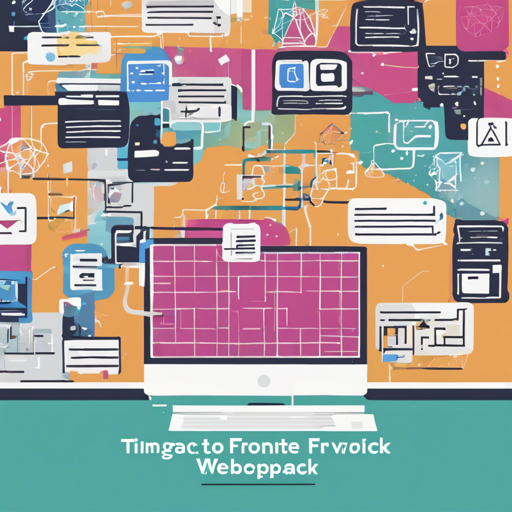Starting a new front-end project can feel overwhelming. With an array of tools and methodologies at your disposal, knowing where to begin is half the battle. Fear not; we are here to simplify things! In this article, we will guide you through using the Frontie Webpack boilerplate, a robust combination of Gulp, Webpack, Babel, and other essential tools for your front-end development needs.
What is Frontie Webpack?
The Frontie Webpack boilerplate is a front-end starter kit designed to kickstart your projects with efficiency. It incorporates Gulp as a task runner, Webpack for bundling JavaScript, SASS for styling, and adopts the architectural styles of ITCSS and BEM methodologies. This combination creates a solid foundation that helps developers focus on building their applications without worrying about boilerplate tasks.
Features Overview
- Task Runner: Gulp
- CSS Preprocessing: SASS, ITCSS, and CSS Guidelines
- CSS Methodology: BEM
- CSS Tools: Autoprefixer, Source Maps, Stylelint
- JavaScript Build System: Webpack, Babel, ESLint
- Live Reload: BrowserSync
- HTML Templates: Twig.js
- Deployment: GitHub Pages
Getting Started
Requirements
Before diving into the installation process, ensure you have the following prerequisites:
Quick Start: Installation Steps
To install the Frontie Webpack boilerplate, follow these steps:
- Clone the repository from here.
- Run
yarnornpm installto install the necessary dependencies.
Available Tasks
This boilerplate comes with predefined tasks for various stages of the development lifecycle:
yarn startornpm run start: Generates a development environment, starts the server, and watches for changes.yarn watchornpm run watch: Starts the server and watches for changes.yarn buildornpm run build: Compiles production-ready code.yarn deployornpm run deploy: Compiles production-ready code and deploys to GitHub Pages.
Project Structure
The project structure is meticulously organized, ensuring that every part of your application is easy to navigate:
- dist: Static version of the website ready for upload (do not edit).
- gulpfile.babel.js: Gulpfile for configuration and tasks.
- node_modules: Contains Node.js packages (do not edit).
- src: Source files with various subdirectories for assets, modules, scripts, styles, and templates.
Troubleshooting
While setting up your environment, you might encounter issues. Here are some common troubleshooting steps:
- If dependencies raise errors, verify your Node.js version and reinstall Gulp.
- Check for syntax errors in your SASS files if styles fail to compile.
- If the server does not start, ensure your terminal is in the correct project directory and that you have run the necessary install commands.
- For any other issues, refer to the project’s GitHub repository or documentation.
For more insights, updates, or to collaborate on AI development projects, stay connected with fxis.ai.
Final Thoughts
At fxis.ai, we believe that such advancements are crucial for the future of AI, as they enable more comprehensive and effective solutions. Our team is continually exploring new methodologies to push the envelope in artificial intelligence, ensuring that our clients benefit from the latest technological innovations.

